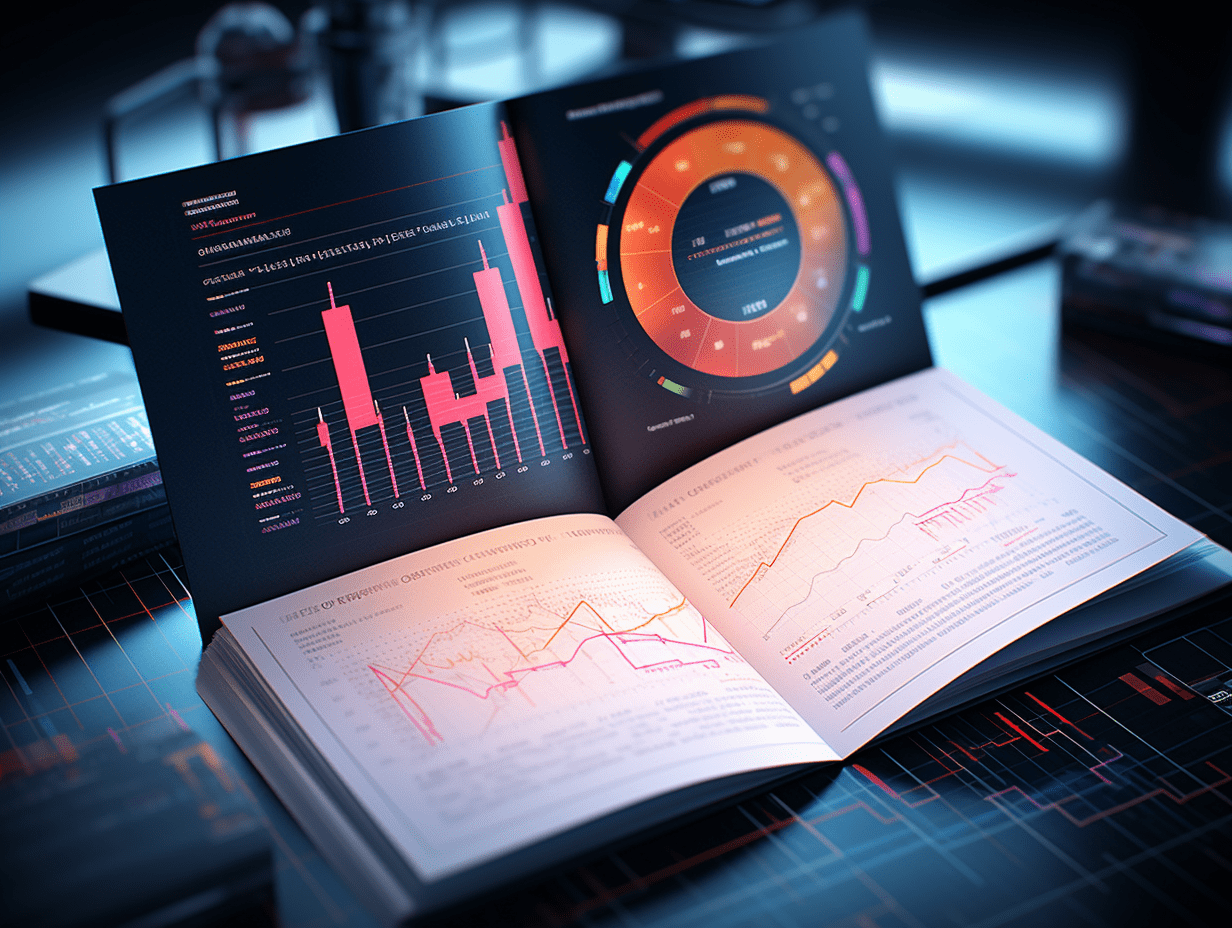Sinolink: Fuel cell installations momentum rising in the first quarter, vehicle insurance relatively low season not light.
In March, the installed capacity of fuel cell systems was 165.44MW, an increase of 177.8% year-on-year; from January to March 2025, the cumulative installed capacity of fuel cell systems was 206.28MW, an increase of 102% year-on-year, with industry data showing seasonal fluctuations.
Sinolink released a research report stating that in March, the installed capacity of fuel cell systems was 165.44MW, a year-on-year increase of 177.8%; from January to March 2025, the cumulative installed capacity of fuel cell systems was 206.28MW, a year-on-year increase of 102%, with seasonal fluctuations in industry data. Due to differences in statistical caliber, the China Association of Automobile Manufacturers announced that in March, the production and sales of fuel cell vehicles were 365/377 units respectively, a year-on-year increase of 36.2%/68.3%. The insurance volume in 2025 Q1 was 1143 units, a year-on-year increase of 42.9%. March saw mainly high-power vehicles, with heavy trucks accounting for 97.3%. 2025 is the settlement point for the mid- to long-term planning of hydrogen energy, and the hydrogen energy and fuel cell industry will enter a period of accelerated volume growth. The landing of fuel cell vehicles and green hydrogen projects will accelerate, with hydrogen energy and fuel cell manufacturing being the current main lines.
Sinolink's main points are as follows:
Momentum in installed capacity in Q1 of 2025 is on the rise
In March, the installed capacity of fuel cell systems was 165.44MW, a year-on-year increase of 177.8%; from January to March 2025, the cumulative installed capacity of fuel cell systems was 206.28MW, a year-on-year increase of 102%, with seasonal fluctuations in industry data. In March, all were high-power, with heavy trucks accounting for 97.3%.
Insurance volume in March was 728 units, with no downturn in Q1
In March 2025, the insurance volume was 728 units, a year-on-year increase of 87.2%. Due to differences in statistical caliber, the China Association of Automobile Manufacturers reported that in March, the production and sales of fuel cell vehicles were 365/377 units respectively, a year-on-year increase of 36.2%/68.3%. The insurance volume in Q1 of 2025 was 1143 units, a year-on-year increase of 42.9%.
Dongfang Electric Corporation ranked first in monthly installed capacity, with emerging third-party system suppliers taking the lead this month
In March, Dongfang Electric Corporation had the highest installed capacity of 73.4MW, accounting for 44%; followed by Rongxin New Energy with 20.1MW installed, accounting for 12%; and Hydro-Gen Energy coming in third with 15.8MW installed, accounting for 10%. From January to March 2025, Dongfang Electric Corporation ranked first in installed capacity at 73.4MW, accounting for 35%; Rongxin New Energy came in second at 20.1MW, accounting for 10%; and State Power Investment Corporation came in third at 18.7MW, each accounting for 9%.
Sinotruk Jinan Truck took the top spot in monthly insurance volume
In March, commercial vehicle insurance volume was led by Sinotruk Jinan Truck with 486 units, accounting for 66.8%; followed by Anhui Jianghuai Automobile with 100 units, accounting for 19.8%; and Shaanxi Automobile Group with 69 units, accounting for 9.5%. From January to March 2025, the cumulative insurance volume of Sinotruk Jinan Truck ranked first with 486 units, accounting for 43%; followed by Hyundai Motor Company with 184 units, accounting for 16%; and Anhui Jianghuai Automobile with 100 units, accounting for 9%.
Sales in demonstration city clusters: Beijing led the way in March, while Guangdong city cluster was the most active in Q1
According to the statistics of five major city clusters, in March 2025, Beijing city cluster had the most vehicles delivered, with 170 units, coming from Beijing (52 units) and Tianjin (118 units); followed by Shanghai city cluster with 69 units from Inner Mongolia ERDOS Resources; Guangdong city cluster had 7 units delivered, mainly from Shenzhen (3 units), Lvliang (2 units), and Baotou (1 unit); Henan and Hebei city clusters had no deliveries this month. From January to March 2025, Guangdong city cluster had the most vehicles delivered in the demonstration cities, with 216 units; followed by Beijing city cluster with 196 units; and Shanghai city cluster ranked third with 71 units, while Henan and Hebei city clusters did not have any deliveries.
Global vehicle production and sales: 1) Japan: In February 2025, Toyota's FCV sales in the United States were 16 units, a 72% decrease year-on-year (March data has not been released); 2) South Korea: In March 2025, Hyundai's FCV global sales were 296 units, a 100% decrease year-on-year; 3) United States: In March 2025, domestic FCV sales in the United States were 13 units, an 85% decrease year-on-year, with Japanese Toyota's FCV accounting for 37% of sales in the United States in February. (March data has not been released)
Green hydrogen demonstration projects totaling 719MW have been tendered, with Inner Mongolia leading the way
Large-scale green hydrogen demonstration projects are gradually opening for tender. From January to April, approximately 719MW of electrolyzers were tendered, a year-on-year increase of 4.2 times, with seasonal fluctuations in project tender volumes being closely monitored. Demonstrative projects led by central state-owned enterprises are being implemented, with projects in Inner Mongolia actively advancing. The issuance of policies, demonstration effects, and cost reduction in the industry will accelerate project implementation. Currently, the planned capacity for green hydrogen is approximately 6.6 million tons, with an operating rate of 26%, focusing on policy highlands and applications such as green hydrogen coupling, the full industry chain, and hydrogen corridors.
Leading electrolyzer companies continue to take the lead, with diversification and large-scale production as trends
From 2023 to 2025, the gradient of electrolyzer companies is becoming clearer, with Sunshine Hydrogen, Pairee Hydrogen, Zhuzhou Rolling Stock Institute, Longji Hydrogen, and Sany Hydrogen maintaining top positions in the shipment pool. From January to April 2025, applications have become more diverse, with single-slot large-scale products appearing in the tender for electrolyzers. In public projects, the top three candidates were Sunshine Hydrogen, Pairee Hydrogen, and Zhuzhou Rolling Stock Institute, with bidding shares of 4.15/3.87/2.39 billion RMB, accounting for 22.4/20.9/12.6%. The drop in winning bid prices for hydrogen production equipment has accelerated. According to incomplete statistics from public projects, the average price for the first candidate in the alkaline cell tender in 2025 was 0.84 RMB per watt, and for PEM cells, it was 3.99 RMB per watt, representing a 38% and 29% year-on-year drop in average prices for 2024, respectively. The accelerated decline in equipment prices is driving green hydrogen projects closer to grid parity.
In terms of target companies: HuaDian Heavy Industries (601226.SH) and Jilin Electric Power (00... ) are recommended for attention.Wuxi Huaguang Environment & Energy Group (600475.SH), Zhangjiagang Furui Special Equipment (300228.SZ), Kewell Technology (688551.SH).Risk Warning: Unexpected policies; delayed construction of hydrogen refueling stations; unexpected decrease in hydrogen cost; delayed implementation of green hydrogen projects.
Related Articles

US Stock Market Move | Federal Reserve officials blow "interest rate cut wind" three major indices rise

Giant Network Group (002558.SZ) 2024 Annual Report: Net profit increased by 31.15% year-on-year, AI innovation has been very effective.

US Stock Market Move | Trump will sign an executive order to promote the development of deep-sea mining. Odyssey Marine Exploration, Inc. (OMEX.US) surged over 90% at one point.
US Stock Market Move | Federal Reserve officials blow "interest rate cut wind" three major indices rise

Giant Network Group (002558.SZ) 2024 Annual Report: Net profit increased by 31.15% year-on-year, AI innovation has been very effective.

US Stock Market Move | Trump will sign an executive order to promote the development of deep-sea mining. Odyssey Marine Exploration, Inc. (OMEX.US) surged over 90% at one point.

RECOMMEND

Federal Reserve's Harker: Fed may cut interest rates in June if economic data is clear
24/04/2025

The big stick of tariffs cannot suppress the wave of AI-driven technology replacement. Is Apple Inc. entering a climax of stock price rebound with the "fruit chain"?
24/04/2025

Pan Gongsheng: There are no winners in a trade war or tariff war. China will continue to adhere to its policy of opening up to the outside world.
24/04/2025


